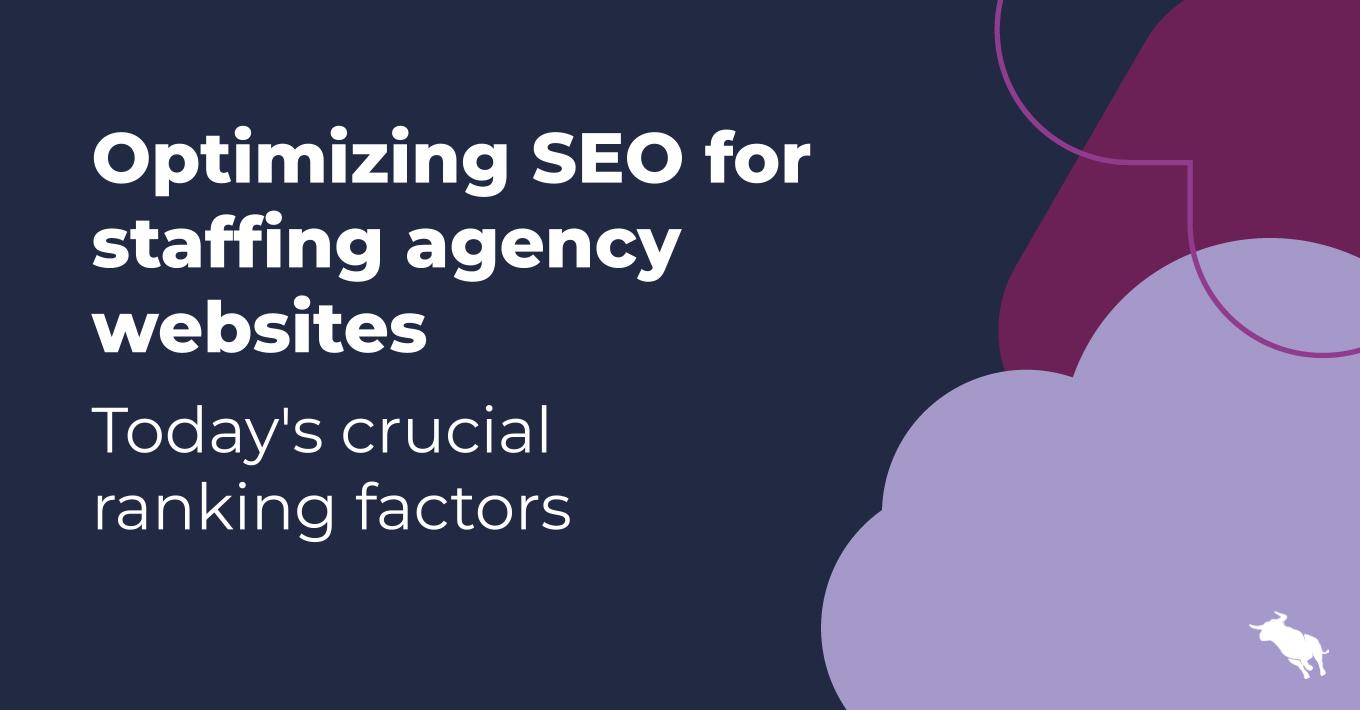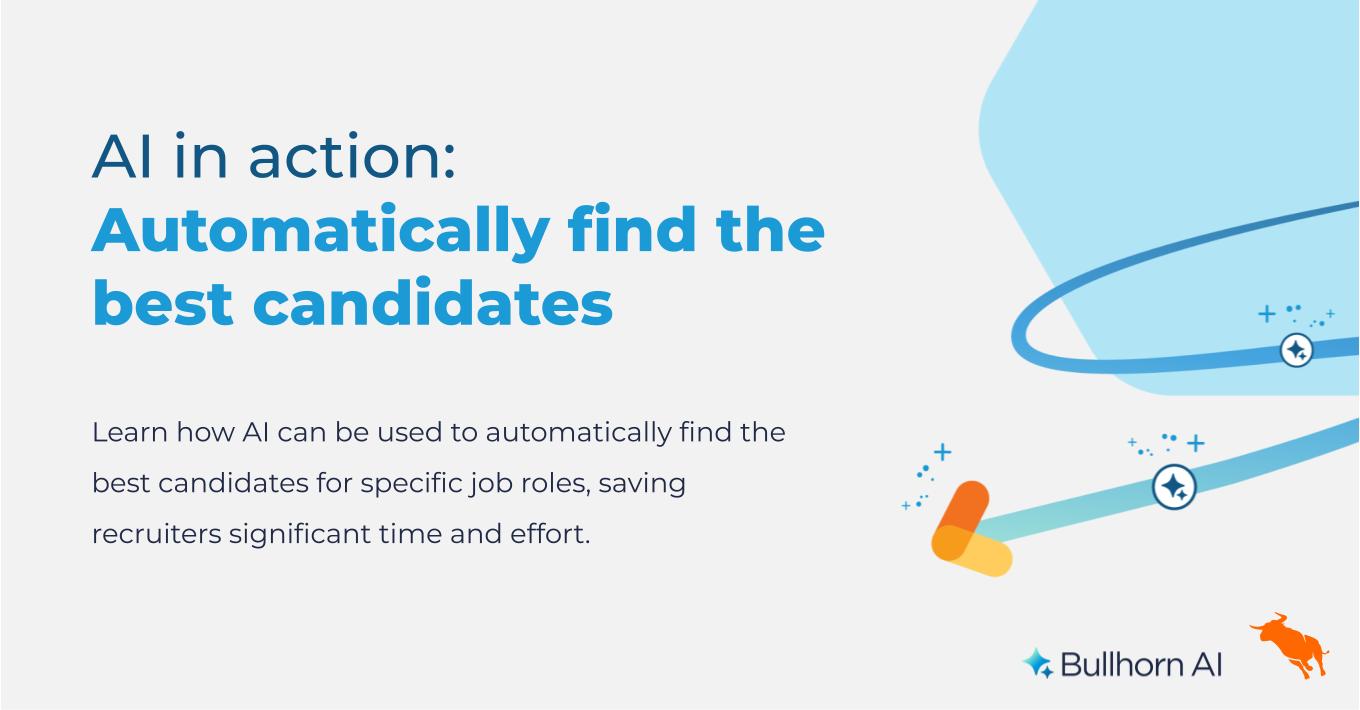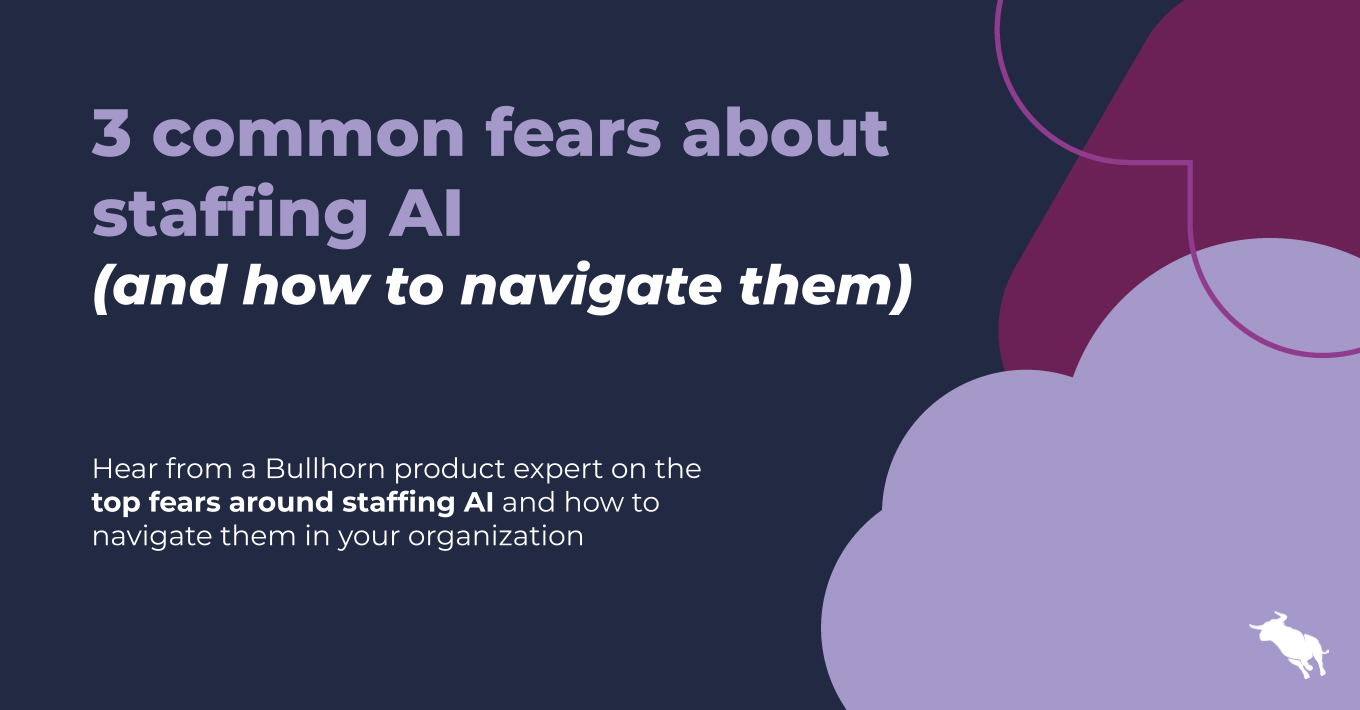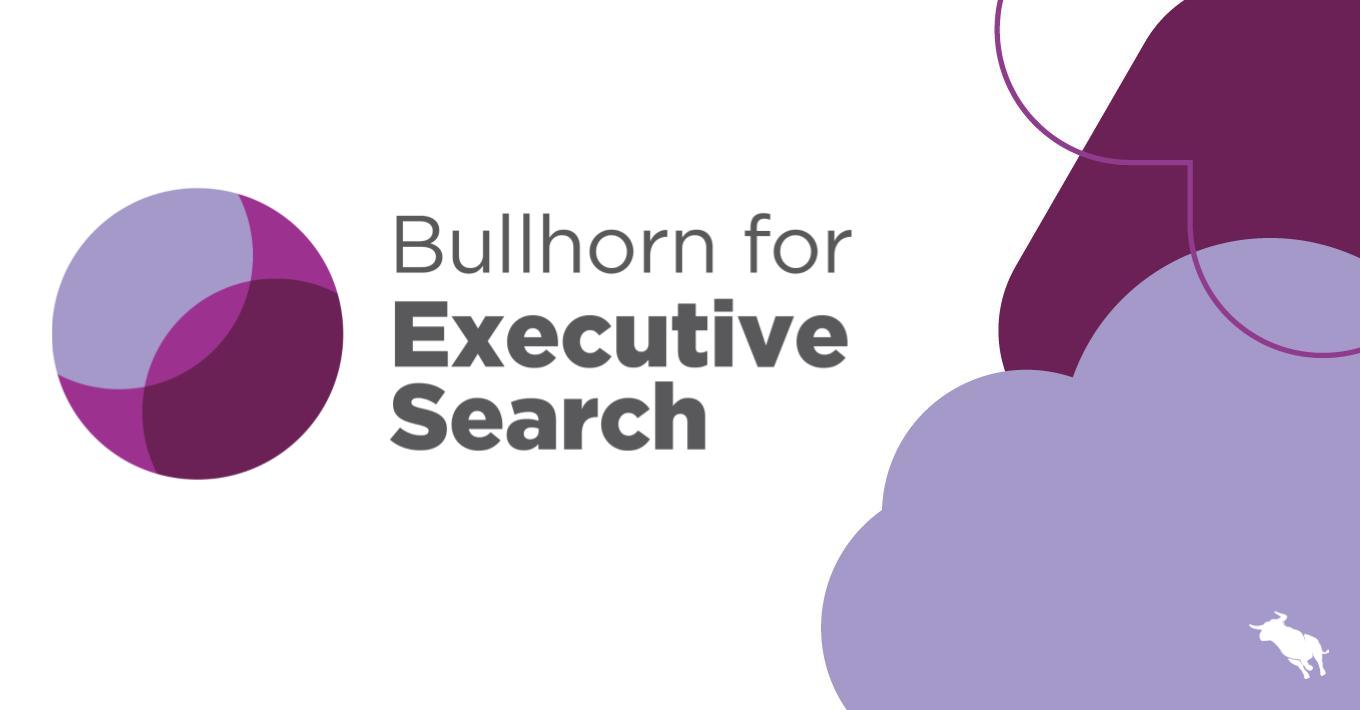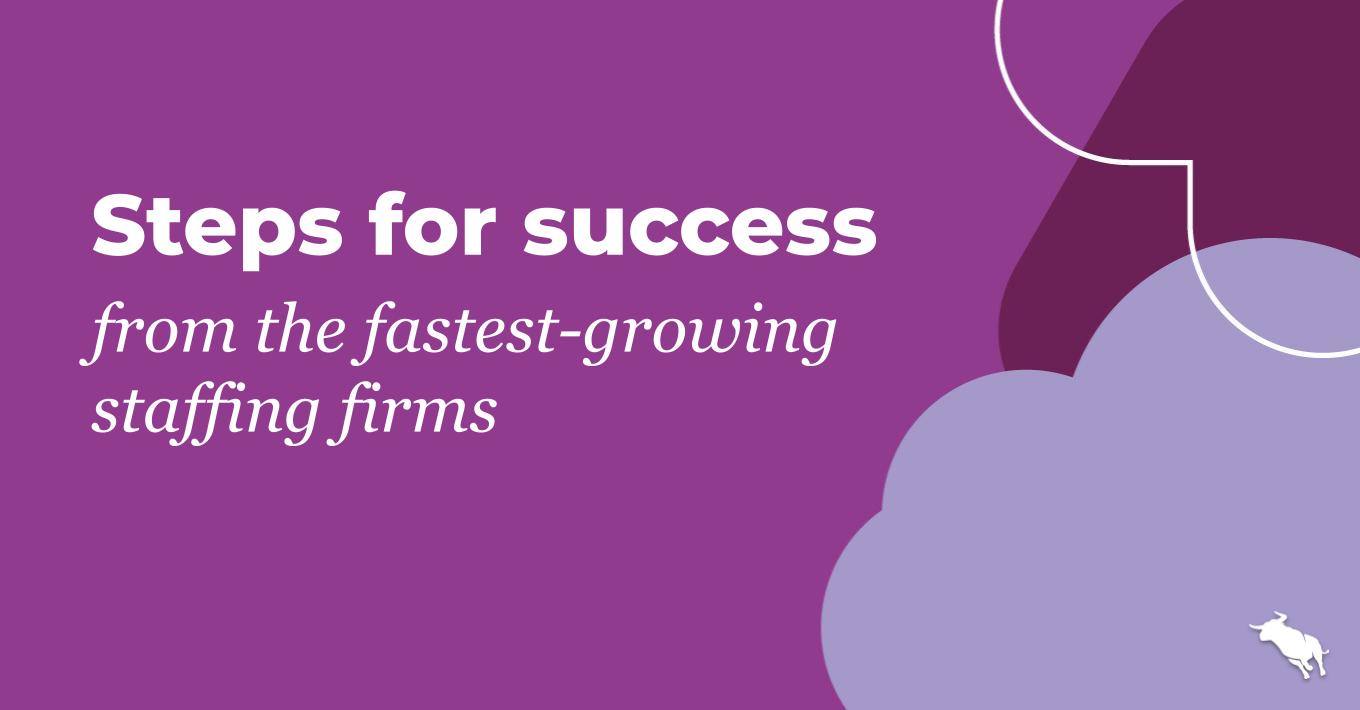Connected Recruiting in practice: How to transform your talent engagement strategy
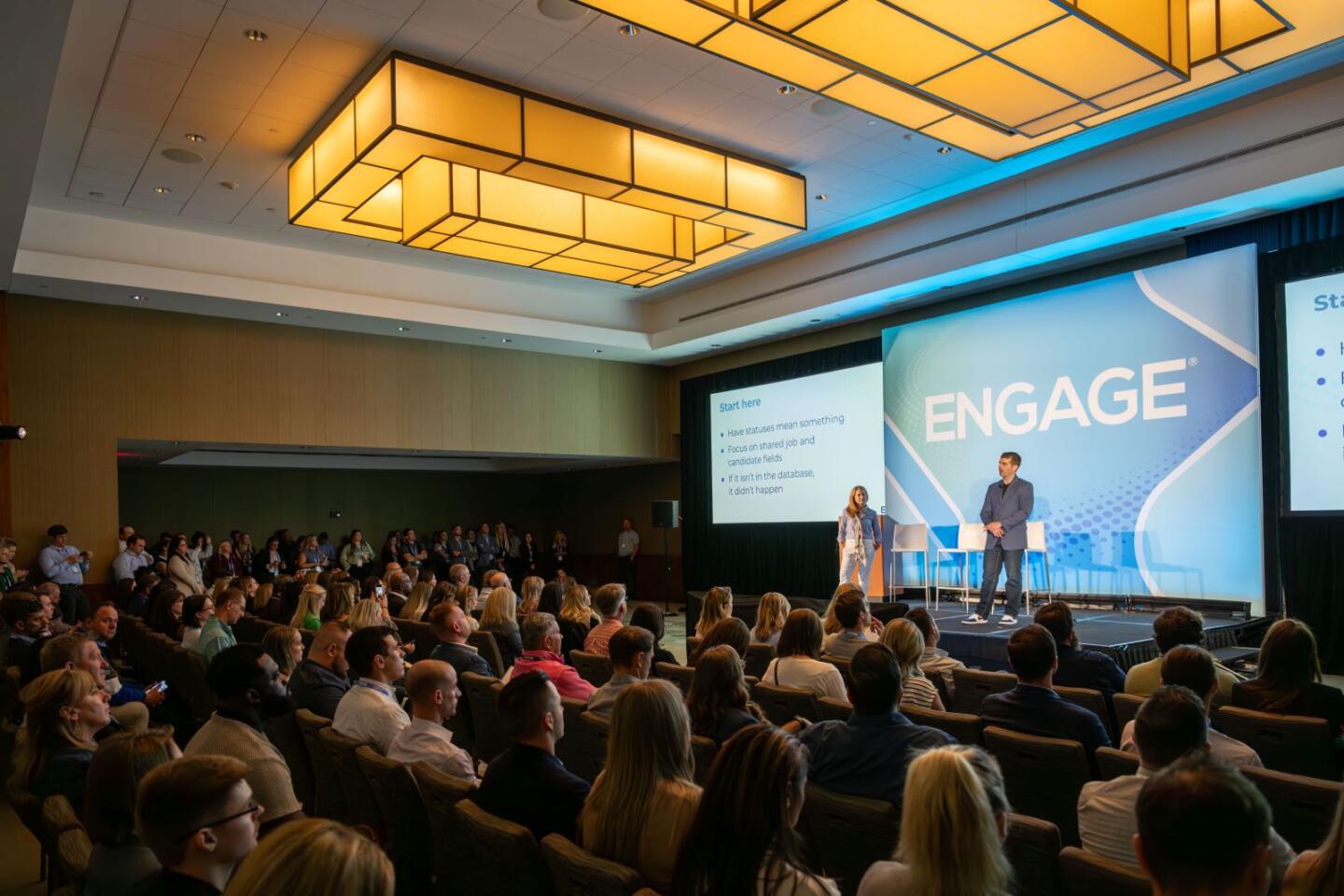
In a competitive staffing market, the experience you provide for talent can make or break your business. According to our most recent survey of over 1,000 contingent workers, positive experiences at each stage of the recruitment lifecycle, from initial search to onboarding, can improve candidate loyalty by as much as 57%, offering firms a real opportunity to stand out from the crowd.
Bullhorn’s Connected Recruiting strategy, designed to engage talent at every step of the talent lifecycle with a combination of best practices and powerful technology, can help you adapt your talent engagement strategy to the modern era. But what does Connected Recruiting look like in practice – and what can it help your firm achieve?
To find out, Bullhorn’s own Billy Davis and Susan Whalen sat down with Patty Comer, Co-founder and Principal Partner of Bullhorn customer Accrue Partners, at Engage Boston 2024. Comer walked us through how she and her team digitized their talent strategy, the most successful automation they’ve implemented, and how she measures—and celebrates—her team’s successes.
Read their Q&A below, then check out the Engage Boston Content Hub for more insights from recruitment experts.
This conversation has been edited and condensed for clarity.
Davis: Regarding your digitization strategy, what are you most proud of?
Comer: Over time, we became a Bullhorn-first belief system. But we weren’t in the beginning. It was the Wild West. We had a lot of information, but nobody could find anything. We had to be forced to advance our Connected Recruiting playbook, and the pandemic forced us to do so. We were already an Analytics customer, and we were in the early Automation phase, and it just exploded. We started to connect everything and become a Bullhorn-first organization.
It is a funny little thing in the company, but you do have to be committed to the truth of the system. If I could go back and start from the beginning, I would have been married to the fields, and then I could have probably worked faster to where we are currently in the advanced stage.
Davis: I’m curious how you get your internal team and your business to adopt the technologies you’re bringing in. What are some of the best practices that you’ve seen?
Comer: We like to explore a lot of the vendors in the Bullhorn Marketplace, and then we decide who we’re going to use and where it fits into the sales or revenue side. Does it fit into delivery? Does it fit into the back office? Or does it fit into something else? For us, that “something else” is reputation management, branding, and marketing because we all know that how we’re represented on the internet matters. So those buckets were really important to us with all of our tech partners.
Then, we choose to adopt or implement across the whole company or choose segments to try new things. We have six lines of business. Sometimes, if a division isn’t as busy, we’ll try something new there. Right now, for example, I’m willing to experiment in the technology division because they’re not slammed. I cannot go to my accounting team right now – because accounting is white hot – and implement something with them. So we try to decide where it’s best, tweak it, and manage adoption.
And we celebrate. So, if you have something going well, it’s no different than closing a deal or a placement. We celebrate doing good work in our Connected Recruiting playbook. So if someone gets an amazing Great Recruiters review, I’m standing up like, “Look at this!” We do try to celebrate the successes in the technology stack.
Whalen: When we last met, you were determined to measure ROI from automation. To initiate that process, you built an automation task force. How did you arrive at that decision?
Comer: It started because I was frustrated that I was the only one who knew what was going on. I had one person driving automation. I knew staffing, and he knew tech. He implemented all these things that automation could do, but I could never understand what we were winning.
I wanted to look at our tech stack, figure out what’s working, what we can measure, who’s bringing home real dollars, and let’s get out of one person owning automation. Let’s get somebody from delivery on the team. Let’s get someone from sales on the team. Let’s get someone from the back office on the team. Let’s get someone from marketing on the team. And then we all got together and started to get out of our Excel spreadsheet and get into something that works.
We contacted Bullhorn and said, “Look, we’re struggling. We have a lot of your partners. We’ve got so much that looks fabulous, but we don’t know what’s working. I want real, measurable information.” So they came in, we put together a list of pain points, and we had a session and said, “What are we doing right? What are we doing wrong?” We started narrowing it down. One of my core values is to slow down to speed up. We needed to take a breather. Because the market at the time was slow, we asked ourselves, “Why not now?” And so we took a breather, looked at everything, and started measuring.
Whalen: Speaking of measuring, you implemented one automation that was targeted at re-engaging candidates who were highly qualified but passive. What were the results?
Comer: We have 997,874 candidates in our system, so we had to do some basic maintenance. We went through and found candidates that had no activity – they applied online, but they weren’t a fit, so no one called them. We did an automation that said, “Hey, we worked with you, but we haven’t heard from you in three years. We are interested in supporting your career. Would you like to work with us? If so, please update your email and phone number and send us a resume.”
We ended up adding 2,000 new people to the system. We conducted 732 pre-screens, 218 of which were submitted, and 38 client interviews. We made 11 placements, or $250,000 in billings, all using a Bullhorn-first philosophy.
Now I have something I can measure. That has been a mindset shift for me. It really comes from how hard these last couple of years have been for all of us. You need to make sure that what you measure matters and that the clients are measuring us for performance. We should be measuring our systems to get the financial output we need to advance.
